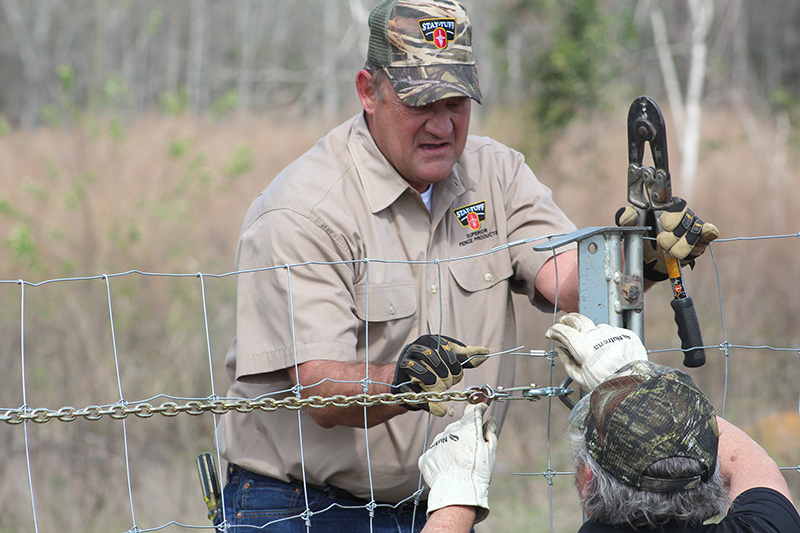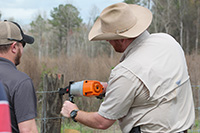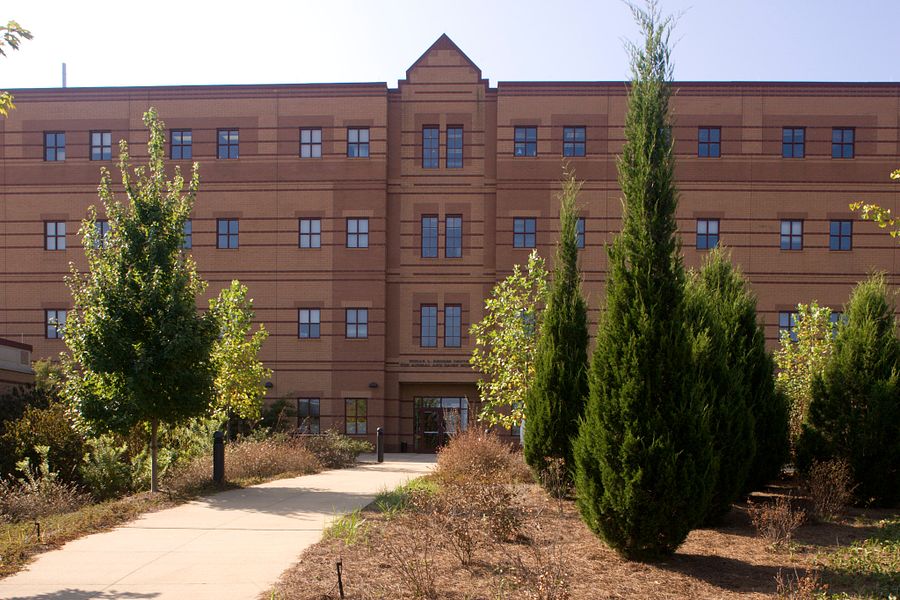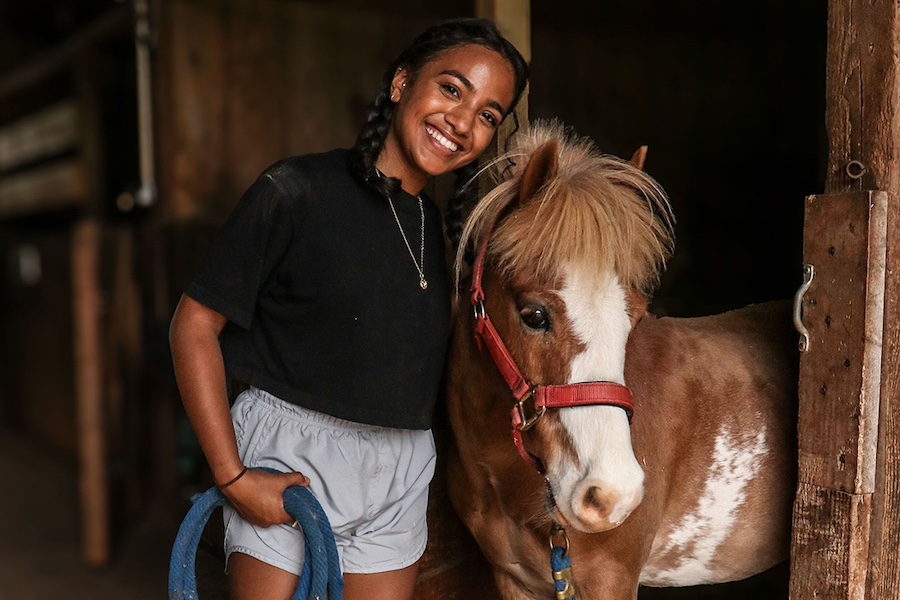The University of Georgia Forage Team updated the grazing paddocks on the university’s Black Shank Farm in Tifton, Georgia. In an effort to share the most up-to-date containment options available, the team hosted a Fencing Field Day.
The field day, held on Wednesday, Feb. 28, was part of the Better Grazing Program kickoff on the UGA Tifton campus. The field day, and future events like it, allow Georgia cattlemen to see and experience UGA College of Agricultural and Environmental Sciences research in action.
The grazing paddocks updates on the Black Shank Farm will improve UGA scientists’ grazing research capabilities and offer UGA Cooperative Extension specialists a site to showcase various fencing options.
The 37-acre farm will ultimately be split into multiple grazing paddocks separated by different fencing and watering systems. The farm will demonstrate a variety of grazing technologies available to Georgia producers.
To kickstart the Better Grazing Program, UGA Extension forage specialist Dennis Hancock, UGA Professor Emeritus John Worley, U.S. Department of Agriculture Natural Resources Conservation Service state grazing specialist Philip Brown and industry representatives discussed different fencing technologies available to producers at the field day.
“Depending on your production goals, there’s a different type of fence for everything you could imagine. If you have a goat, cow or horse; if you have electricity or need solar power; if you have grazing livestock, you have a need for these technologies,” said Jennifer Tucker, UGA Extension beef nutrition and forage management specialist.
The right type of fence prevents animals from crossing the highway or wandering into a neighbor’s yard.
Different types of woven wire fences are available depending on the size of the square in the woven wire.
“Producers might want a tighter square for smaller animals than for larger animals,” Tucker said. “A cow can’t get through the same opening that a small goat can.”
Through the Better Grazing Program, the UGA Beef and Forage teams offer hands-on trainings, like the UGA Extension Fencing Field Day. Tucker calls this a “show-and-tell approach” to decision-making.
“A discussion-based field day benefits everyone because they can learn about all the different aspects of building fences from instructors as well as each other, while also getting their hands dirty,” Tucker said.
Moderated group discussions held during the field day’s morning session focused on individual fencing components, such as available materials, selection criteria and items recommended to meet specific needs.
In the afternoon, attendees experienced fence-building through participation in demonstrations that highlighted specific components of grazing infrastructure development, such as braces, gates and enclosures, offsets, and cross fencing.
“We talked about everything from the standard, wooden fence post to newer technologies in fencing, like fiberglass and PVC posts, and temporary fencing systems,” Tucker said. “It was a very constructive day, and producers were able to build and learn about various types of fences. That’s what this field day was designed to do.”
UGA experts also learn at field days by listening to farmers discuss their farming operations.
“Through field days like today, where I listen in on a variety of discussions, I often learn that there are easier and harder ways of doing simple tasks throughout the whole fence-building process,” she said. “For example, I would’ve never learned that staples come in left- and right-handed versions. Fencing Field Day introduces producers to different technologies. People like me can learn, or relearn, something new in their field.”
The Georgia Agricultural Commodity Commission for Beef supports this project.









